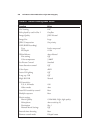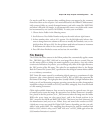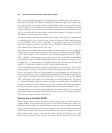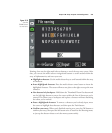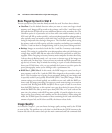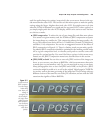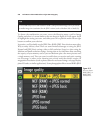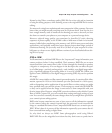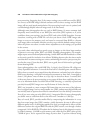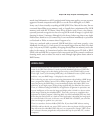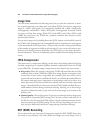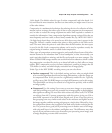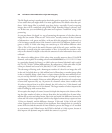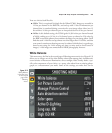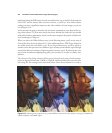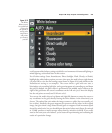post-processing, forgetting that, if the camera settings you would have used for JPEG
are correct, each RAW image’s default attributes will use those settings and the RAW
image will not need much manipulation. Post-processing in such cases is optional, and
overwhelmingly helpful when an image needs to be fine-tuned.
Although some photographers do save only in RAW format, it’s more common (and
frequently more convenient) to use RAW plus one of the JPEG options, or, if you’re
confident about your settings, just shoot JPEG and eschew RAW altogether. In some
situations, working with a RAW file can slow you down a little. RAW images take
longer to store on the memory card, and must be converted from RAW to a format
your image editor can handle, whether you elect to go with the default settings in force
when the picture was taken, or make minor adjustments to the settings you specified
in the camera.
As a result, those who depend on speedy access to images or who shoot large numbers
of photos at once may prefer JPEG over RAW. Wedding photographers, for example,
might expose several thousand photos during a bridal affair and offer hundreds to clients
as electronic proofs for inclusion in an album. Wedding shooters take the time to make
sure that their in-camera settings are correct, minimizing the need to post-process pho-
tos after the event. Given that their JPEGs are so good, there is little need to get bogged
down shooting RAW.
Sports photographers also avoid RAW files. I visited a local Division III college one
sunny September afternoon. I covered the first half of a football game, trotted down a
hill to shoot a women’s soccer match later that afternoon, and ended up in the adjacent
field house shooting a volleyball invitational tournament an hour later. I managed to
shoot 1,920 photos, most of them at a 6 fps clip, in about four hours. I certainly did-
n’t have any plans to do post-processing on very many of those shots, and firing the cam-
era at its maximum frame rate didn’t allow RAW shooting, so carefully exposed and
precisely focused JPEG images were my file format of choice that day.
JPEG was invented as a more compact file format that can store most of the informa-
tion in a digital image, but in a much smaller size. JPEG predates most digital SLRs and
was initially used to squeeze down files for transmission over slow dial-up connections.
Even if you were using an early dSLR with 1.3 megapixel files for news photography,
you didn’t want to send them back to the office over a modem at 1,200 bps.
But, as I noted, JPEG provides smaller files by compressing the information in a way
that loses some image data. JPEG remains a viable alternative because it offers several
different quality levels. At the highest quality Fine level, you might not be able to tell the
difference between the original RAW file and the JPEG version, even though a lossless
compressed, 14-bit RAW file (I’ll explain the bit-business later in this chapter) occupies,
by Nikon’s estimate, 19.4MB on your memory card, while the Fine JPEG takes up only
7.8MB of space. You’ve squeezed the image by more than 70 percent without losing
David Busch’s Nikon D7000 Guide to Digital SLR Photography238



